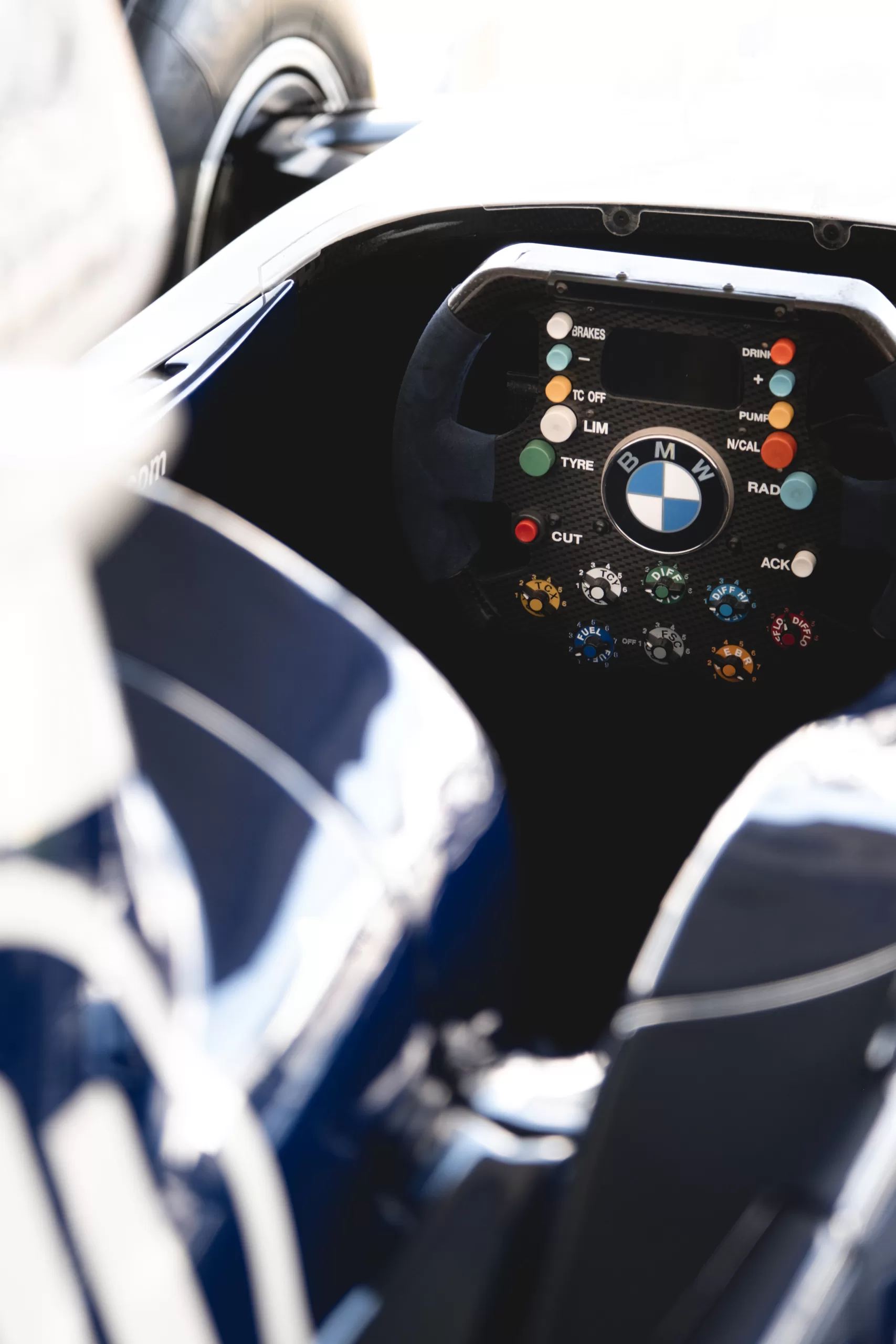In the high-octane world of Formula One, technology is not just a companion; it’s a lifeline. Among the myriad of innovations that have transformed the sport, telemetry stands out as a cornerstone of modern racing. In this blog post, we’re going to explore Formula One car telemetry. We’ll delve into how these remarkable machines communicate and optimize performance in real-time.
Understanding Telemetry: A Brief Overview
At its core, telemetry involves collecting data from various sensors installed on the Formula One car. It then transmits this data in real-time to the team’s engineers in the pit garage. This data includes engine performance, tire condition, and aerodynamic behavior. It also covers fuel usage and even the driver’s biometric data. The real magic is in using this data. These insights help make split-second decisions. Such decisions can determine the outcome of a race.
The Sensors: Eyes and Ears of the Car
Formula One cars are equipped with an intricate network of sensors. These sensors are strategically placed all over the car, from the engine and gearbox to the suspension and brakes. Each sensor serves a specific purpose, providing invaluable data that engineers use to monitor the car’s health and performance. For instance, temperature sensors ensure the engine doesn’t overheat. Accelerometer sensors detect changes in velocity. These sensors aid in understanding the car’s acceleration and deceleration patterns.
Real-Time Decision Making: Pit Wall and Beyond
As the car hurtles around the track, telemetry data is transmitted to the pit wall. A team of engineers meticulously analyzes every parameter. This real-time analysis allows the team to make critical decisions on strategy. For example, they decide when to pit for fresh tires. They can also adjust the car’s settings remotely. Moreover, telemetry data aids in diagnosing issues. If a particular sensor indicates a problem, engineers can instruct the driver. They advise the driver to adjust their driving style to mitigate the risk of a breakdown.
Continuous Evolution: Telemetry in the Digital Age
With the advent of the digital age, telemetry has become even more sophisticated. Advanced telemetry systems now utilize cloud computing and machine learning algorithms to process vast amounts of data. This enables predictive analysis, helping teams anticipate issues before they occur. Additionally, teams use telemetry data to optimize the car’s setup for different tracks, ensuring peak performance in varying conditions.
The Human Element: Driver Feedback
While telemetry provides an ocean of data, the importance of driver feedback cannot be overstated. Skilled drivers can feel nuances in the car’s behavior that might not be immediately apparent in the data. This invaluable human input complements telemetry, offering a holistic understanding of the car’s performance.
The Invisible Hand Guiding Victory
In the fast-paced, high-stakes world of Formula One, telemetry stands as the invisible hand guiding teams toward victory. It’s not merely a tool; it’s a symphony of data, skill, and strategy. As technology continues to evolve, telemetry will also advance. It will push the boundaries of what’s possible in the pursuit of that elusive checkered flag. In each race, telemetry operates silently behind the thunderous engines and cheering crowds. It weaves the story of innovation, precision, and unparalleled teamwork.
Listen to our podcast available on all major platforms.

